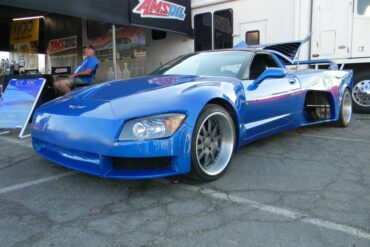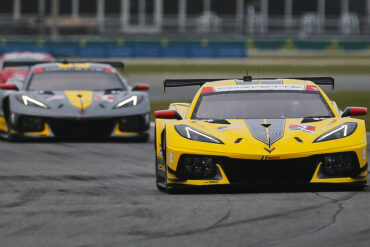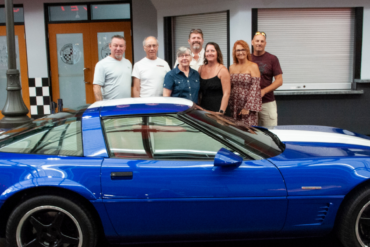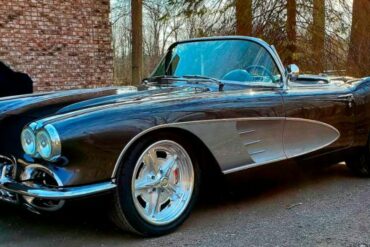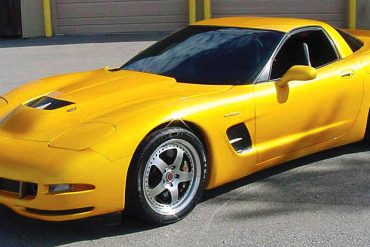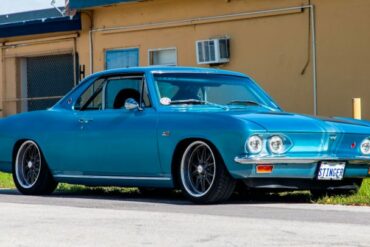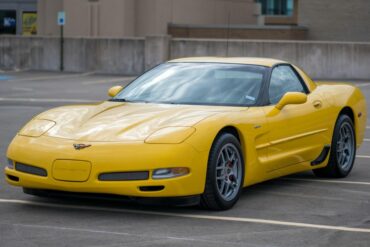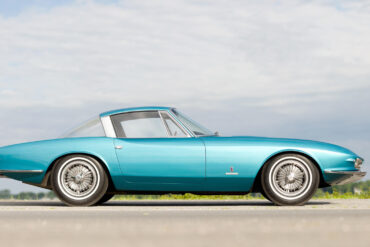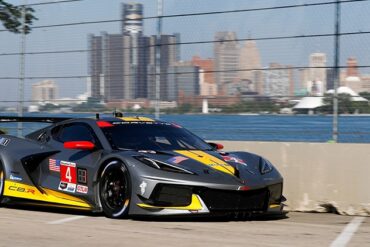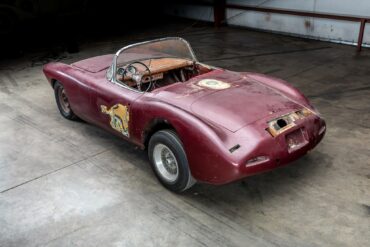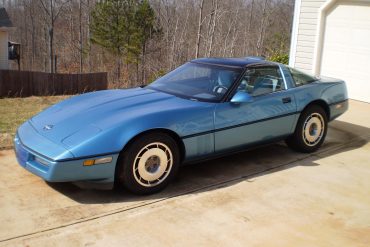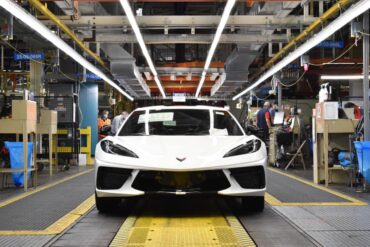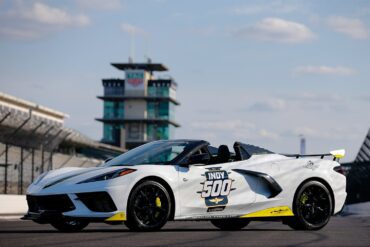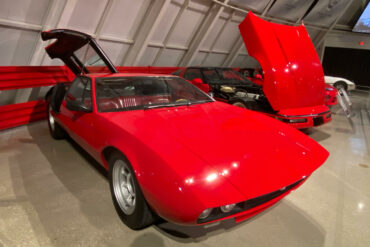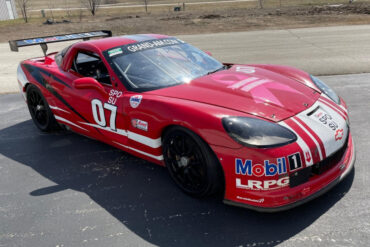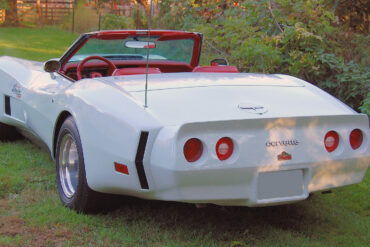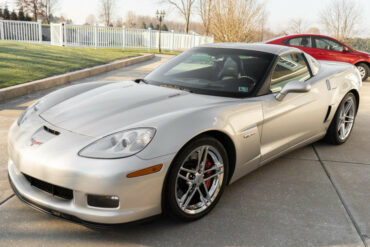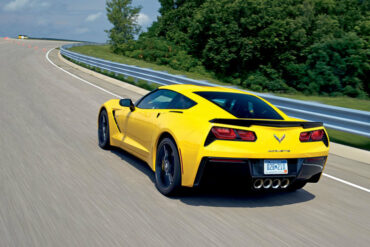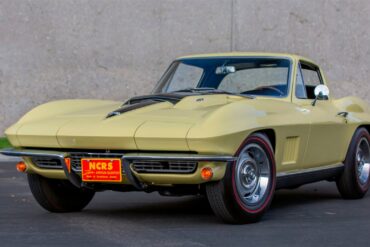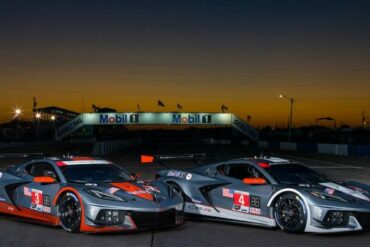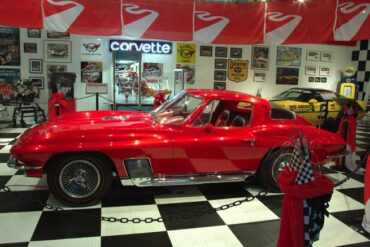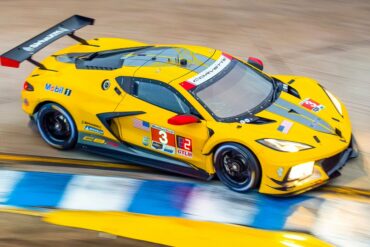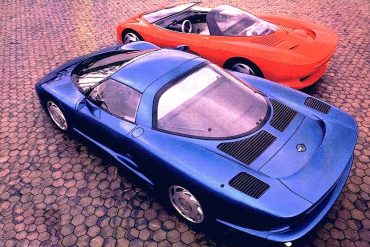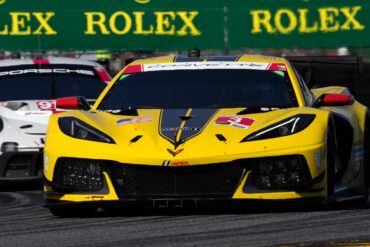Comparing the C7 and the C8 Stingrays on the NCM Motorsports Racetrack On August 19, 2021, I traveled (along with...
JoinedMarch 10, 2017
Articles719
Comments31
Since he was a boy, Scott has had a love affair with cars - and sports cars in particular. His fascination with speed and fast cars was first fueled by his grandfather, who would frequently take him to car shows or to the local track. In college, Scott studied automotive technologies, and would spend his formative years working for a Chevy dealership. He has authored several books and is the founder of CorvSport.
This Corvette Powered, Twin-Engine GT-55C Super Super Car Is Something to Behold Have you ever heard of Gordon Tronson? If...
GM CEO Mary Barra Promises President Biden Will Be First to Drive an All-Electric Corvette During a press conference earlier...
Corvette Racing Prepares for Back to Back Races at Road America and 24 Hours of Le Mans! As the month...
1996 Corvette Grand Sport Donated to NCM Many of the cars showcased at the National Corvette Museum in Bowling Green,...
1961 Corvette Restomod Sells for $352k at Mecum Poll any group of Corvette enthusiasts with the question “which is better,...
Chevrolet Corvette “Tiger Shark” Concept, 1997. A C5 Corvette powered by an alloy 742hp LS1 427ci supercharged V8. Other modifications included upgraded Brembo brakes, 18-inch Kinesis Motorsport K58 forged wheels and a hood dome to clear the supercharger. It was built by Detroit prototype shop Wheel-To-Wheel and sold for $112,200 in 2009 at the GM Heritage car auction.
A Corvette-Powered 1965 Corvair Heads to the Auction Block While it may be hard to imagine today, the Chevy Corvair...
In June 2021, General Motors introduced the 2022 Corvette Stingray IMSA GTLM Championship Edition, a special edition Corvette which commemorates the Corvette C8.R and its 2020 IMSA WeatherTech racing series championship. The car made its public debut at Belle Isle in Detroit. These special edition Corvettes were developed using styling cues from the Corvette C8.R race cars.
FOR SALE: A 2001 Corvette Z06 with Low (11k) Miles! The summer is underway and there’s no better way to...
FOR SALE: 5,500-Mile 2003 Chevrolet Corvette Z06! As we do from time to time, we’re bringing you an unbelievably low-mileage...
The Corvette Rondine concept was built by Pinanfarina and introduced at the 1963 Paris Motor Show. The car started life as a 1963 split-window Corvette, which is all the more unusual because Chevrolet introduced the split-window coupe at the same time that Pinanfarina was introducing a custom-built Corvette based on that very same platform.
CORVETTE RACING WINS IN DETROIT: Milner, Tandy Win Battle of Corvette C8.Rs at Belle Isle The No. 4 Mobil 1/SiriusXM...
One of the Original 1960 Le Mans Corvette Racers Goes to Auction at RM Sotheby’s Long before the Corvette became...
We've scoured the web to curate the factory pricing, options, and interior/exterior color options for the 1987 Chevrolet Corvette.
2021 C8 Corvette Production Halted Due To Parts Supply Issue It was announced this week that General Motors was shutting...
THE 2021 MID-ENGINE CORVETTE STINGRAY CONVERTIBLE WILL LEAD THE FIELD OF THE 105TH INDIANAPOLIS 500, PRESENTED BY GAINBRIDGE The Corvette...
Five 2022 Chevrolet Corvette Z06 Test Mules Captured on Video General Motors is currently testing five Z06 Wide Body Test...
Did Bill Mitchell Own a One-Off Mangusta Corvette? Not Exactly…. On Friday, April 23, 2021, I had the good fortune...
FOR SALE: A 2008 Corvette Grand-Am Race Car Today’s listing is a little different from the usual lot of cars...
The Duntov Turbo was built as a partnership between American Custom Industries (ACI), a company known for building replacement Corvette body panels, and Zora Arkus-Duntov. It was developed as a highly-stylized convertible sports car based on the production model Corvette. Each of the special Duntov Turbo's also came with a turbocharged V8.
FOR SALE: A 2007 Corvette Z06 with Only 9,200 Miles on the Odometer! Since the introduction of the mid-engine Corvette...
Is GM’s 8L90E Eight-Speed Automatic Enough or Not? Back in 2015, Jay Heath, a writer for Corvette Magazine, published a...
A one-of-a-kind 1967 Chevrolet Corvette L88 crossed the auction block at this past weekend’s Mecum Auctions event in Glendale, Arizona. ...
Corvette Racing Faces Unexpected Struggles at 12 Hours of Sebring SEBRING, Fla. (March 20, 2021) – Corvette Racing ended a...
For the 1964 New York World's Fair, Bill Mitchell and his Styling team at the Tech Center customized a production Sting Ray under Shop Order #10361 with a variety of items that transformed the already impressive Corvette into a showpiece like no other. An opening was cut into the center of the car's hood exposing a polished fuel injection manifold with the Corvette crossed flags in its very center.
Corvette Racing Returns to the 24 Hours of Le Mans for the 2021 Season! Both of the mid-engine Chevrolet Corvette...
The 2021 Michelin National Corvette Museum Bash – April 22 – 24, 2021! Each spring, towards the end of April,...
While it was understood that the Corvette Indy Concept would never be fully realized as a production vehicle, it paved the way for the creation of the twin-turbo CERV III. The CERV III (Chevrolet Engineering Research Vehicle No. 3) was introduced in January, 1990 at the International Auto Show in Detroit, Michigan. Like the latter iteration of the Corvette Indy Concept car, the CERV III was fitted with a 5.7 Liter, 32-valve, dual-overhead cam LT5 engine that featured twin turbochargers. It had 650 hp and 655 lb/ft of torque and top speed of 225 mph.
CORVETTE RACING AT DAYTONA: Rolex 24 GTLM Victory for No. 3 Corvette C8.R DAYTONA BEACH, Fla. (Jan. 31 2021) – For...



